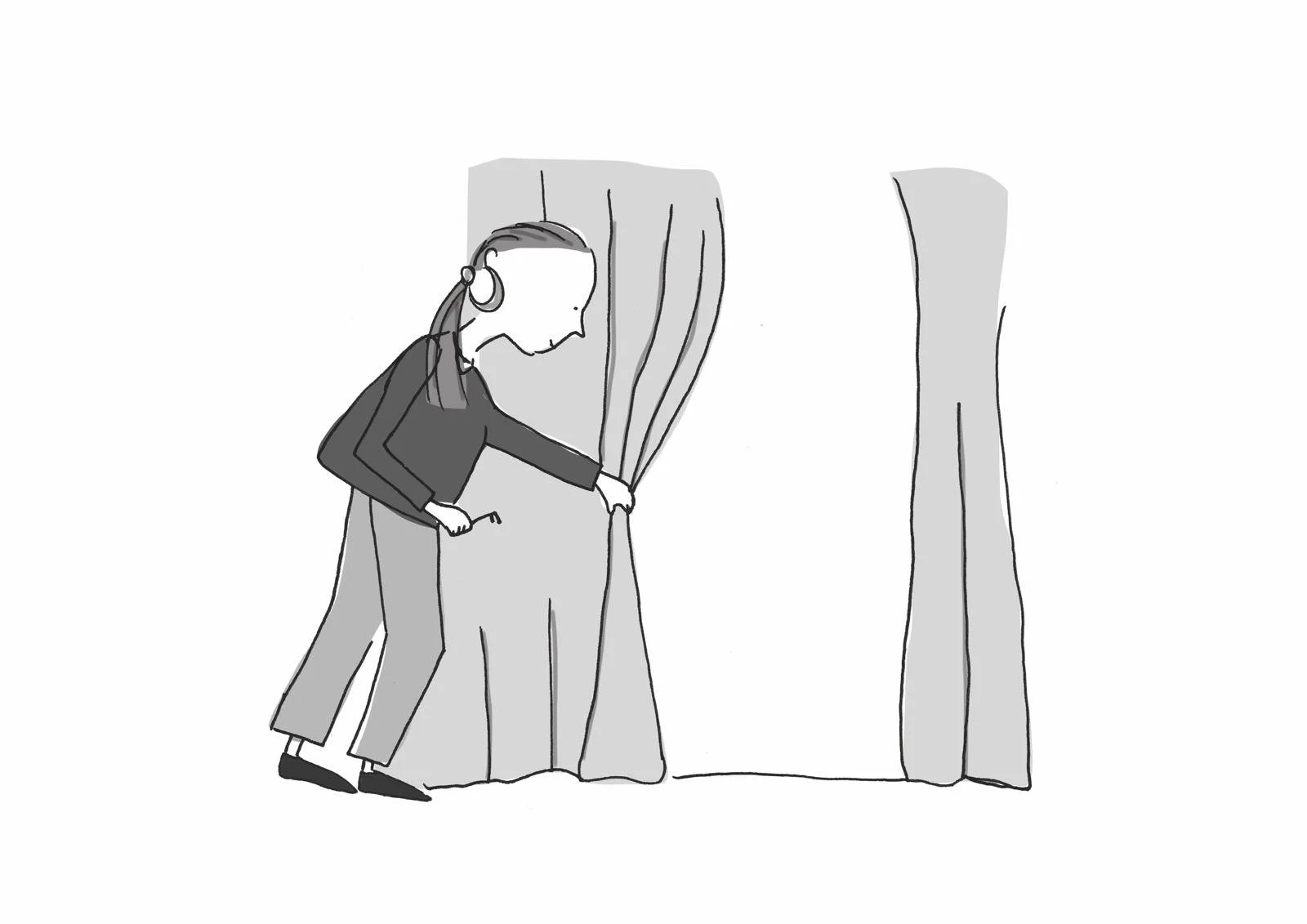
“It takes all the running you can do, to keep in the same place”
— Lewis Carroll, Through the Looking-Glass, 1871
Neuronormativity
Neuronormativity : The Hidden Architecture of "Normal"
A Key Concept from Alice’s Wonderland
“Neuronormativity is neuroconformity — the demand that divergent minds erase themselves to fit into a myth of normal.”
— Nick Walker, Neuroqueer Heresies (2021)
✦ Introduction: What Is Neuronormativity?
Neuronormativity is the unspoken cultural assumption that there is one correct or ideal way for human brains to work—and that deviations from this standard are deficits to be fixed. It underpins diagnostic models, institutional practices, and everyday interactions, shaping how neurodivergent people are perceived, treated, and included (or excluded).
Coined in critical disability and neurodiversity scholarship, neuronormativity is not just a bias—it’s a system of structural power. It decides whose ways of thinking, sensing, and communicating are considered rational, professional, and credible. And it pathologises those who fall outside these norms.
At Alice’s Wonderland, we extend this framing to show how neuronormativity underpins structural empathy failure—systemic conditions that block relational understanding and justice.
“The question is, whether you can make words mean so many different things.”
— Lewis Carroll, Through the Looking-Glass (1871)
☆ How Neuronormativity Operates
“Neuronormativity underpins the deficit model of autism, sustaining structural exclusion.” Chapman (Empire of Normality, 2022)
Neuronormativity is not always explicit. It is built into everyday expectations about:
✩ Language: fluent, fast, indirect, “appropriate”
✩ Behaviour: calm, linear, emotionally regulated
✩ Cognition: logical, efficient, abstract, "rational"
✩ Time: punctual, consistent, future-oriented
✩ Sociality: reciprocal, intuitive, unspoken
Neurodivergent people—particularly autistic, ADHD, PDA, and Tourette’s communities—are often judged against these hidden standards and found lacking. But these standards are neither universal nor neutral. They are culturally constructed, neurotypically coded, and sustained by institutional design and diagnostic systems.
This hidden architecture is what sustains ableism and drives the demand for compliance culture
☆ Theoretical Roots & Thinkers
✩ Rosa Hoekstra (2022) and M. Remi Yergeau (2018) explore how cognitive and rhetorical norms marginalise autistic expression in academic, clinical, and social contexts.
✩ Robert Chapman (2021) critiques how neuronormativity underpins the “deficit model” in autism discourse, framing divergence as risk.
✩ Melanie Yergeau (2018) interrogates how neurodivergent people are denied narrative agency under neurotypical standards of coherence and rhetorical normativity.
✩ Nick Walker (2021) frames neuronormativity as a form of neuroconformity, a demand for assimilation into systems that erase divergence rather than honour it.
✩ Erin Manning (2016) advocates for valuing neurodivergent sensory perception and movement as legitimate forms of knowledge and communication.
✩ Dr. Monique Botha (2022) shows how intersectional stigma amplifies the effects of neuronormativity, particularly at the intersections of gender, race, and neurodivergence
Alice’s Wonderland develops this lineage further by naming narrative disobedience, neurokinship, and the narrative ecosystem as counterforces—story, solidarity, and culture-building practices that dismantle neuronormative logics
☆ Neuronormativity as Systemic Power
Neuronormativity is a form of epistemic injustice—it privileges certain ways of knowing and communicating while discrediting others (Fricker, 2007).
It shows up when:
✩ An autistic person is told they’re “too intense” or “too literal.”
✩ An ADHD person is penalised for nonlinear communication or task-switching.
✩ An Autistic person with PDA person is deemed “oppositional” for protecting autonomy.
✩ Emotional dysregulation is framed as a behavioural fault, rather than a sign of unmet need.
These are not interpersonal misunderstandings—they are expressions of systemic norm enforcement, forms of epistemic injustice that invalidate divergent knowledge
☆ How Alice’s Wonderland Disrupts Neuronormativity
At Alice’s Wonderland, we reject neuronormative assumptions by:
✩ Valuing divergent cognition: Focused attention, sensory logic, and nonlinear thought are celebrated, not suppressed.
✩ Creating narrative space: We publish poetic, reflective, and non-standard writing forms that traditional institutions might reject as “unprofessional.” We foreground narrative disobedience, recognising nonlinear, poetic, and resistant storytelling as legitimate knowledge
✩ Rejecting professionalism as assimilation: We honour emotionality, scripting, stimming, metaphor, and movement as legitimate ways of being.
✩ Challenging the "good autistic" myth: Compliance, calmness, and polish are not prerequisites for inclusion.
☆ Toward Neurojust Futures
Undoing neuronormativity means:
✩ Rethinking what counts as intelligence, communication, and contribution.
✩ Designing environments where people don’t have to mask to be respected.
✩ Building systems where difference is expected—not managed. This is the work of cultivating a narrative ecosystem where divergent expressions interconnect to form culture, not compliance
In Wonderland, “normal” is just another illusion. We don’t want to fit into it. We want to rewrite the rules entirely. This future is imagined through neurokinship—solidarity and belonging across divergent lives.
➽ This entry is part of the Key Concepts series at Alice’s Wonderland, exploring the frameworks that shape how we think, connect, and create. If you’d like to contribute your own reflections or join the conversation, we’d love to hear from you.

